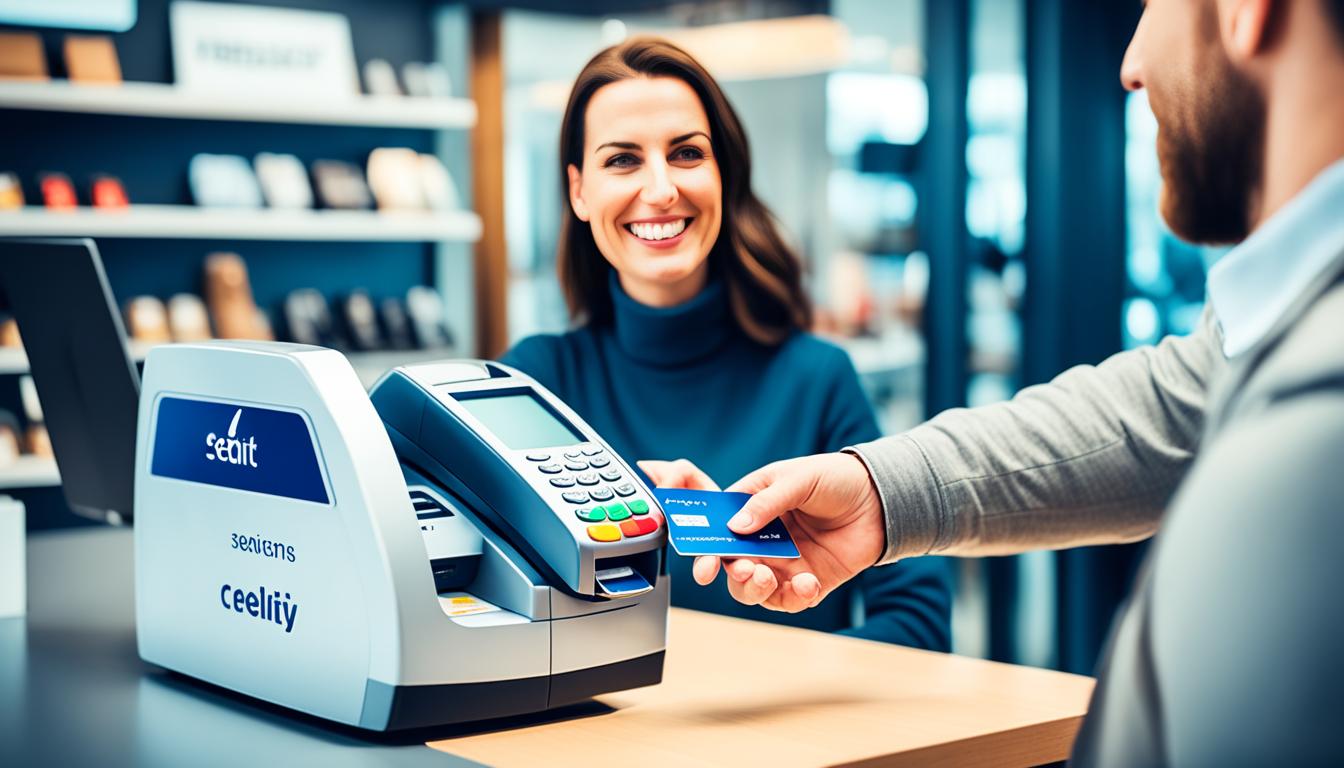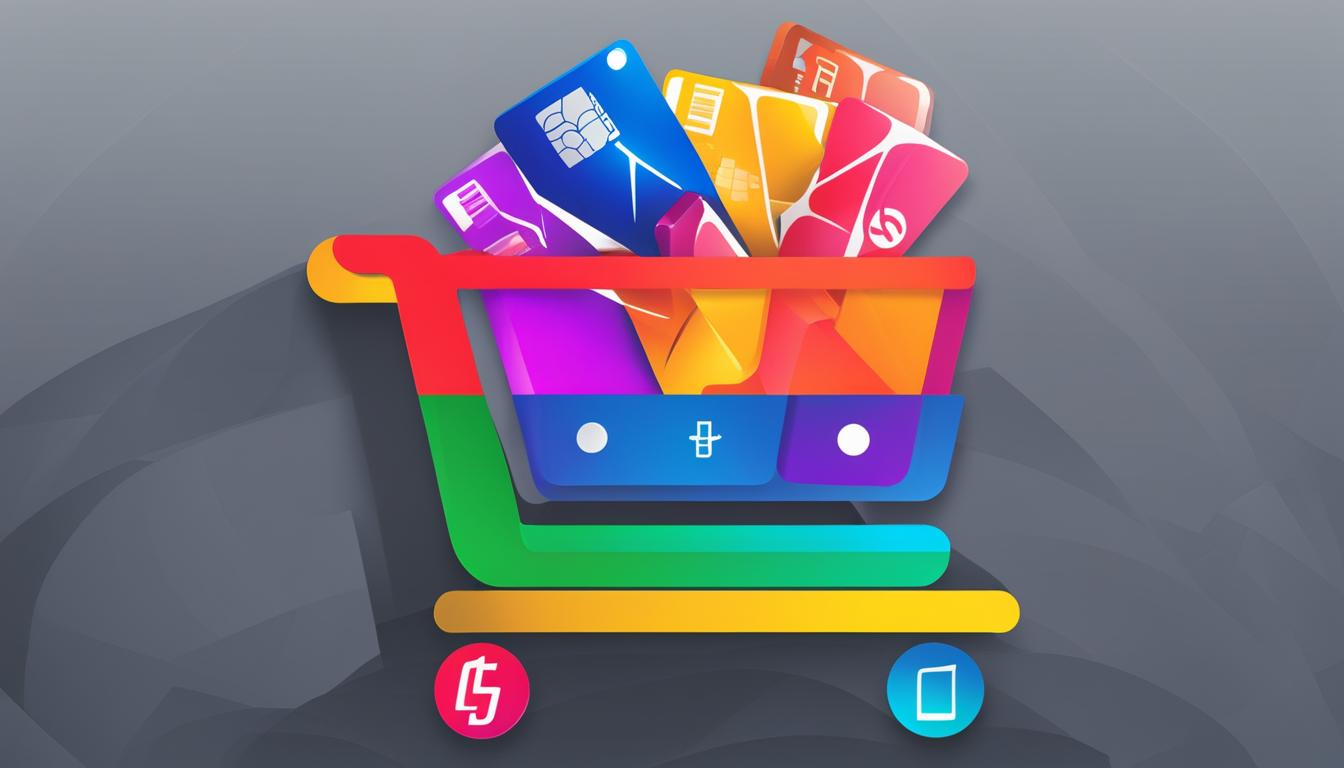If you’ve ever been curious about alternative payment solutions, you might have come across the term MOTO. What is MOTO, you ask? Simply put, MOTO, which stands for Mail Order/Telephone Order, is a method allowing for credit card transactions in situations where the card cannot be swiped, dipped, or tapped. This might evoke an image of classic teleshopping or catalogue orders, but it’s much more than that.
The moto definition extends to any transaction where payment details are relayed via mail, fax, or over the phone. As such, moto meaning blends with modern commerce wherever virtual transactions occur. In essence, moto explained without the need for physical card presence entails the merchant manually entering payment details into their system.
Understanding the moto overview, you’re recognizing an enduring facet of the payment industry, pertinent to various business contexts. To ensure clarity, let’s delve into a moto clarification: these transactions are inherently riskier due to the absence of the card, placing greater responsibility on the merchant for validating transactions and mitigating fraud.
To get a moto explained simply, think of it as the distance sale’s trusty companion, where the transaction integrity hinges on the business’s due diligence. For newcomers seeking a moto introduction, it’s a transaction type that, while old-school, remains crucial for many businesses. Moreover, knowing the moto basics is essential as demand for remote payment options persists, and MOTO can play a crucial role in accommodating this need.
Your grasp on what is MOTO could open up a new understanding of commerce, particularly relevant for businesses that cater to customers not reached by standard e-commerce platforms. This payment method, though ripe with potential, does warrant a careful approach to ensure secure and effective use.
Understanding the MOTO Payment Process
When exploring the ins and outs of commerce, you’ve likely encountered the term MOTO, but what is MOTO exactly? MOTO stands for Mail Order/Telephone Order and is a method of payment processing devised for transactions where the cardholder isn’t physically present. Let’s delve into the history, steps, and the all-important safety procedures surrounding MOTO payments.
Origin of MOTO: A Pre-Ecommerce Solution
Long before we clicked to purchase, moto payment processing found its place in the market as a remedy for non-presence transactions. Typically associated with catalog shopping and order-by-phone services, MOTO is the transaction security lifeline for businesses before the digital shopping boom. Its historical root signifies an era where remote commerce began paving its way, pointing towards a moto definition as a bridge between local and global trade.
How MOTO Transactions are Processed
In practical terms, processing a MOTO transaction involves meticulously entering the customer’s payment details, provided via phone or mail, directly into a payment terminal or virtual space. Such a method requires a heightened focus on accuracy and trust, as the transaction’s legitimacy rests on the data provided by someone not present to authorize in person. This is moto explained at its core—facilitating commerce from a distance, yet demanding an extra layer of vigilance.
Fraud Risks and Security Measures
Given the nature of MOTO transactions, the dark cloud of fraud risks inevitably hovers above. Without physical verification avenues such as chip and PIN or card swipes, moto transaction security strategies must be robust. Merchants protect their operations and customer data by employing stringent documentation and authentication measures, understanding well that the solution to potential fraudulent activity lies in preemptive actions and cutting-edge security protocols.
AVS and CVV: Enhancing MOTO Transaction Security
The dynamic duo of AVS (Address Verification Service) and CVC (Card Verification Code) play integral roles in securing MOTO transactions. Serving as a gateway to transaction approval, these systems match the customer’s provided information against the bank’s records, serving as a litmus test for authenticity. In cases where discrepancies arise, the transaction can be halted promptly, illustrating the critical role of these verification services in guarding against the ever-present threat of fraud.
Below is a comparative view that highlights the differences between the various checks used in securing MOTO payments
| Security Check | Function | Benefit |
|---|---|---|
| AVS | Confirms the address provided by the customer with the card issuer’s records. | Reduces the likelihood of fraudulent transactions by verifying cardholder’s address details. |
| CVC | Verifies the three or four-digit number on the card, further affirming the customer’s possession of the actual card. | Enhances card-not-present transaction security and is required to authorize a payment. |
| Manual Review | Allows merchants to review transaction details before finalizing the payment. | Provides an extra layer of scrutiny and control over the payment process. |
The synergy between meticulous human oversight and advanced technical verifications forms the backbone of secure MOTO payment processing. Understanding these moving parts not only demystifies what MOTO entails but also sheds light on the dedication to providing secure remote transactions for the evolving commerce landscape.
What is MOTO? The Basics of Mail Order/Telephone Order
At its core, moto basics involve a system where you can process payments for customer orders that are received via mail or phone. This moto introduction will guide you through understanding how it enables swift and remote interactions between businesses and clients. The moto overview will reveal that this payment method fits seamlessly into the landscape of modern commerce, enriching the flexibility and scope of business transactions.
Moto meaning in the commercial context translates to a versatile and convenient method for businesses like online stores and takeaway restaurants, allowing them to cater to customers who prefer ordering away from physical or online platforms. Here’s a basic moto explanation: a customer calls or mails in their order, and the business enters the payment details into a secure system to complete the transaction.
- Remote processing of transactions via phone or mail
- Adaptability to internet-enabled devices for flexibility in operations
- Security through storing payment details in secure Instant Profiles
- The ability to accommodate split payments and multiple tender types
Manufacturers like Square have simplified the pricing of MOTO transactions, providing transparent fees consistent with online transactions. Implementing a MOTO system involves setting up a virtual terminal, which can be accessed by company staff to process payments, thereby extending business reach and enhancing customer payment experiences.
| Feature | Description | Benefit |
|---|---|---|
| Virtual Terminal | A secure online interface for processing payments | Staff can process transactions from any location with internet access |
| Instant Profiles | Encrypted storage for customer payment details | Safe and quick reuse of customer information for future transactions |
| Split Payments | Dividing the total amount between different payment modes | Flexibility for customers to pay using multiple methods |
| Multi-Tender Transactions | Accepting various forms of payment beyond traditional methods | Accommodates diverse customer preferences and enhances inclusivity |
In conclusion, the introduction to moto basics unveils a cost-effective and simple solution to increase operational efficiency. Whether your business has not yet embraced online payment systems or you’re looking to expand your payment options, considering a MOTO system might be a strategic move to stay ahead in the evolving landscape of customer transactions.
Conclusion
In the swiftly evolving landscape of commerce, recognizing the enduring moto relevance in the digital age is essential. While e-commerce platforms and digital wallets have surged in popularity, the MOTO transaction method endures, offering unique advantages that cater to a diverse customer base. For those who are less technologically inclined or constrained by inconsistent internet connectivity, MOTO provides a familiar and accessible payment option. Through this, businesses can extend their reach to include customers who favor more conventional methods or who are navigating the transition to digital platforms.
The Relevance of MOTO in Today’s Digital Age
The integration of MOTO systems into a company’s payment options demonstrates a commitment to customer convenience and enhanced service. MOTO’s capacity to facilitate remote, personalized customer interactions strengthens relationships and fosters loyalty, which is invaluable in a competitive market. Moreover, in preserving MOTO, businesses acknowledge and respect the varying preferences and situations of their clientele, ensuring no one is left behind in the paradigm shift to digital transactions.
Balancing Convenience with Security
However, with convenience comes the obligation to uphold stringent security measures. The lack of a physical card in MOTO transactions heightens the risk of fraudulent activities, necessitating robust verification methods such as voice authentication and caller line identification. Dynamic currency conversion further adds to the versatility and security of these transactions by offering transparency for international customers. By strategically balancing these elements, your business can enhance the reliability of MOTO transactions, maintaining a secure and trustworthy payment environment for your customers.
Future of MOTO Transactions in Business Operations
Looking ahead, the future of moto transactions seems poised for an intertwining with state-of-the-art payment technologies. This potential integration symbolizes an era where businesses will likely have more holistic payment systems, valuing inclusivity and catering to a broader spectrum of consumers. As you anticipate these developments, actively managing security risks and adopting the latest verification technologies will not only foster customer confidence but also fortify your business operations against potential threats. The forward march of commerce will undoubtedly usher in innovative solutions, but MOTO’s presence assures that no customer need is unmet, securing its place in the payment method mosaic for the foreseeable future.








This Post Has 0 Comments